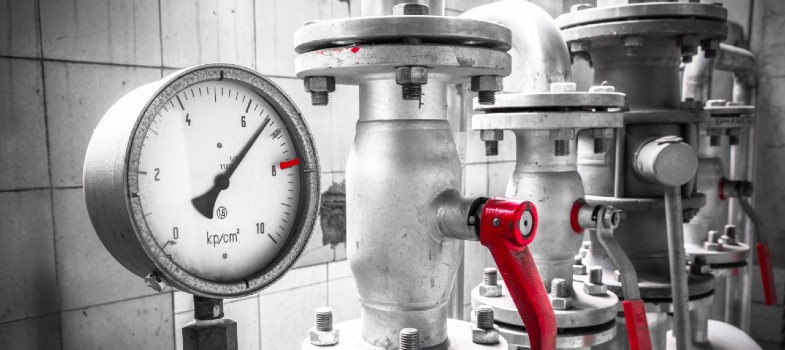2 The fundamental and derived SI units
Watch Video 2 where Simon introduces the fundamental SI units of kg, m and s and goes on to define the key derived units of force, pressure, energy and power.
Video 2 Fundamental and derived SI unitsVideo player: 2a%20Fundamental%20inter-relationships.mp4
Transcript: https://www.open.edu/openlearncreate/mod/page/view.php?id=161926
The following are the main equations you will use for flow, pressure, flow rate, energy and power:
| Volume or mass flow rate, m3/h or kg/h | Q = V/t; M = m/t |
|---|---|
| Pressure, bar or Pascals, kg/(m s2) | P = F/A |
| Energy, Joules, kg m2/s2 | E = F d |
| Power, Watts, kg m2/s3 | W = E/t |
V is volume in m3
m is mass in kg
t is time in s
F is force in kg m/s2 or Newtons
P is pressure in kg/(m s 2) or Pascals
A is area in m2, and
d is distance in m.
These equations are included in the course downloadable ('Ctrl click' to open in a new window).
| Question 2: What are the units of flow x pressure? Which of the derived SI units do these units relate to? View answer |
|---|
| Question 3: What are the units of power/mass flow? What are the units of energy/mass? What are the units of this parameter when multiplied by the density (which has units of kg/m3)? View answer |
|---|
You now understand the significance of units in defining the fundamental process parameters. Next we're going to focus on energy consumption, since this is the main contributor to operating expenditure.
You can now move to Section 3 Specific energy consumption
